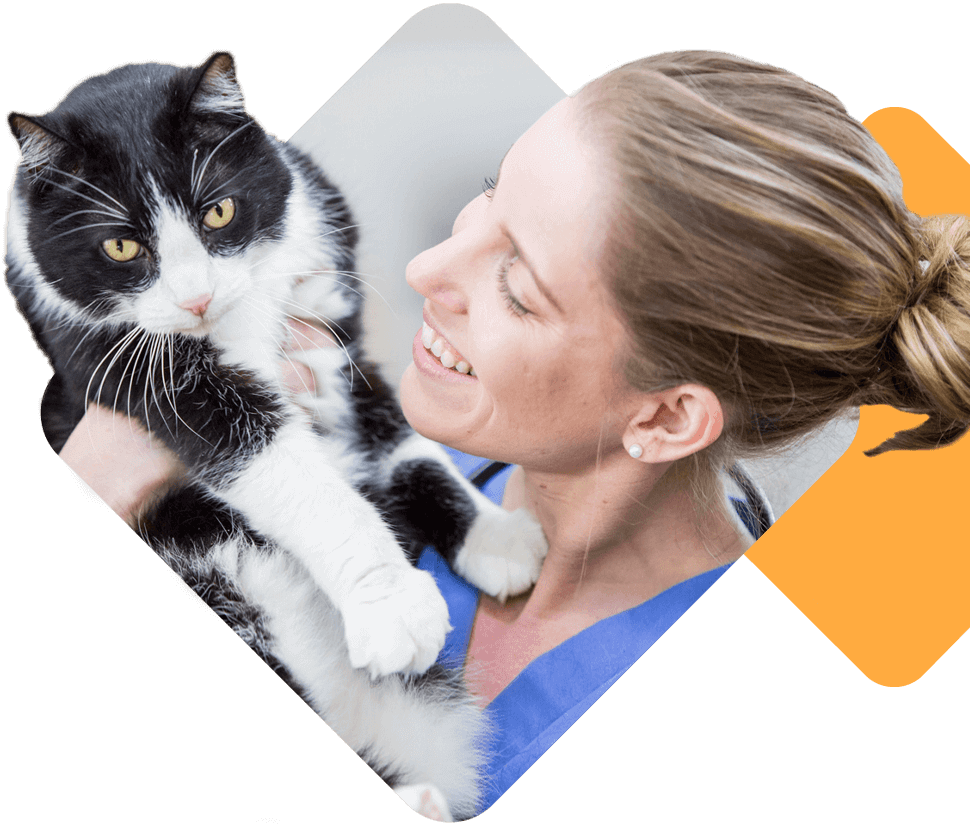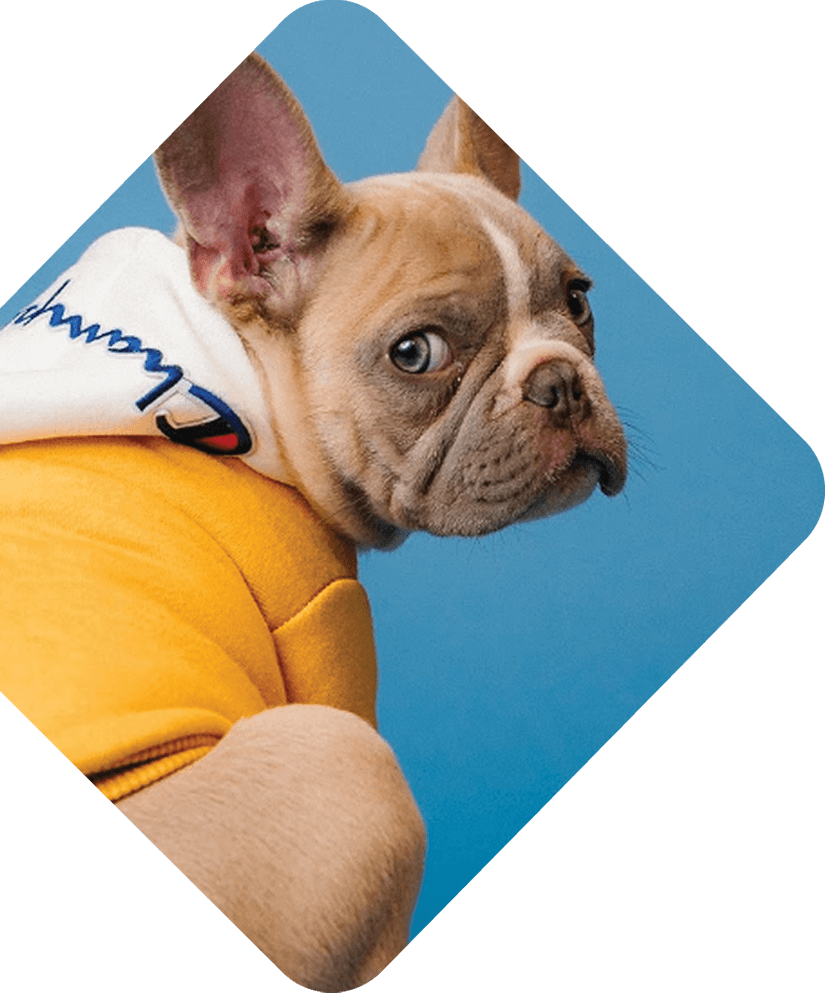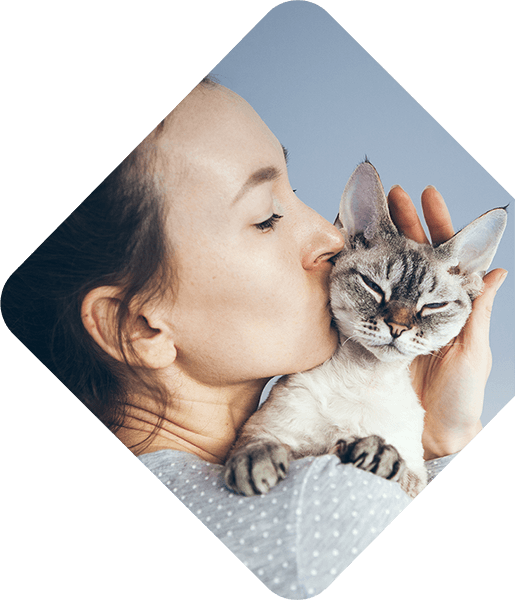TPLO is a specialty surgery that Dr. Patin performs. It is performed on dogs to stabilize the stifle (or knee) joint after a rupture of the cranial cruciate ligament (which is like the anterior cruciate ligament, or ACL, in people).
In most dogs, the cranial cruciate ligament (CrCL) ruptures as a result of long-term degeneration and or traumatic injury to the ligament and results in pain and instability of the knee joint.
Genetic factors can contribute to the likelihood of this disease and are most common in certain breeds such as Labradors, Rottweilers, Boxers, West Highland White Terriers and Newfoundlands. Other factors such as obesity, individual conformation, hormonal imbalance and certain inflammatory conditions of the joint may also play a role. If left untreated CrCL rupture can lead to long-term arthritis and degenerative joint disease (DJD).
The two bones that make up the knee joint are the femur (thigh bone) and tibia (shin bone). In a TPLO procedure, the tibial plateau, which is the portion of the tibia adjoining the stifle, is cut and rotated so that the slope is decreased to prevent the femur from sliding down the slope of the tibial plateau when the dog puts weight on its knee. The result is a more stable joint with faster recovery times compared to other surgical procedures to stabilize the knee. Most dogs (over 90%) are expected to regain a very active and athletic lifestyle with no post-operative complications and without the need for any long-term, pain-relieving medications.
If your pet has been diagnosed with CrCL injury, please schedule a consultation for more information.




